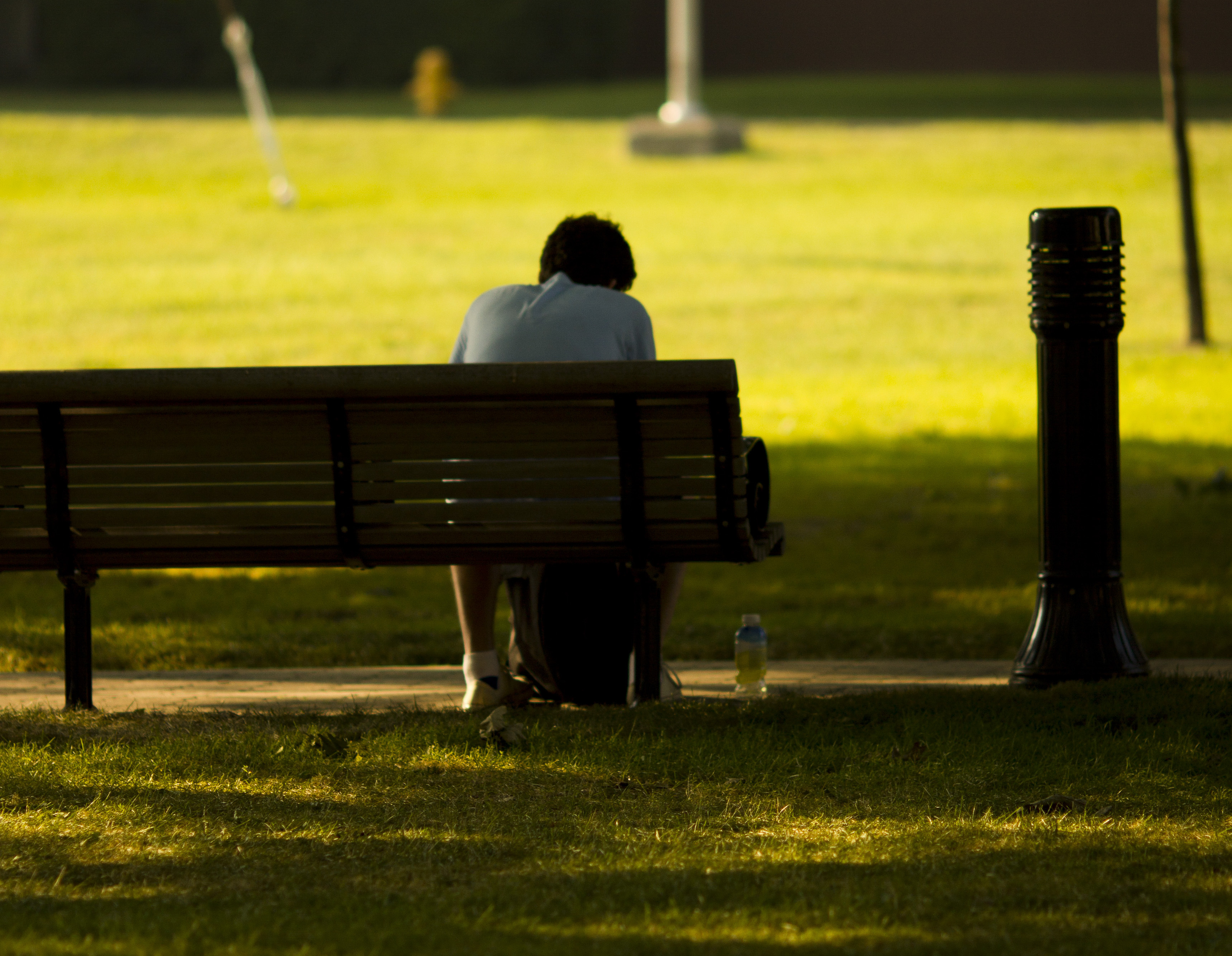
Most people know the impact of winter weather on people experiencing homelessness, but few realize the risk that summer heat places on those living on the streets. With temperatures rising and few places to escape from the heat, experiencing homelessness in the summer months is not only uncomfortable, but can be an extreme health hazard. Asphalt and concrete heats from the suns rays, posing a danger to those who may have no other option but to make a home on the street. Hot summer temperatures increase the risk of dehydration, sunburn, and disorientation. Data suggest that heat-related illness is more likely to impact individuals from lower socioeconomic backgrounds and that “very poor, and socially isolated individuals are disproportionally affected by heat waves.”
Fortunately, we can all play a role in helping minimize the risk for individuals experiencing homelessness during hot summer months by following the tips below:
- Help Boost Hydration
Help those on the streets keep cool by handing out water and hot-weather treats. See someone on the street that looks overheated? Make a quick run into a convenience store and pick up a water bottle or popsicle to help them cool off. Do you encounter individuals experiencing homelessness during your daily commute? Pack extra water bottles in your lunch bag and hand them out on your way to work.
- Hand-Out Summer Essentials
Individuals experiencing homelessness benefit greatly from essential items throughout the year (e.g. socks and toiletries), but these basics are imperative for hot weather survival. Try assembling and disseminating a “Care Kit” with basics such as a pair of cotton socks, a baseball cap, a bottle of sunscreen, a handheld snack, and a water bottle. This simple gesture can prove beneficial to individuals experiencing homelessness during the heat of summer.
- Stay Informed and Share Knowledge
Inform yourself of the shelters in the area that currently have space or are offering ways to cool off. Do any local shelters offer summer programming? Find out and share this knowledge with anyone who looks like they may need some relief from the heat. When sharing this information, engage in a friendly way—remember that individuals experiencing homelessness are people first. Ask their name and ask how the heat is making them feel. Share the signs of dehydration and heat stroke so they can keep tabs on what their body might be telling them. Read Lindsay's reflections on lessons learned from her father's experience of homelessness.
- Donate or Volunteer at a Local Shelter
Take the time to volunteer or donate to a local shelter. Boston-based shelter Rosie’s Place collects sunscreen, sunglasses, and beach gear in the spring and summer months. This effort makes a meaningful impact year-round, but is particularly important during the hot summer months.
- Recognize Heat-Related Emergencies
If you notice an individual experiencing homelessness who appears to be suffering from heat exhaustion or heat stroke, don’t hesitate to call 911. Symptoms include extreme fatigue, intense sweating, disorientation, and sometimes, unconsciousness. Hot weather can have a devastating effect on health and well-being, so be sure to act fast.
These simple, preventive practices can make the difference between a safe summer and a close call for those who find shelter on the streets. Practicing these gestures will only take a few moments of your time, but for some individuals experiencing homelessness, your care may be the only relief they receive on a hot summer day.
Learn more about the link between trauma and homelessness by registering for the new t3 tapas: "Understanding Trauma and Homelessness"
Image by Fiona Wen Hui C (CC by 2.0).







